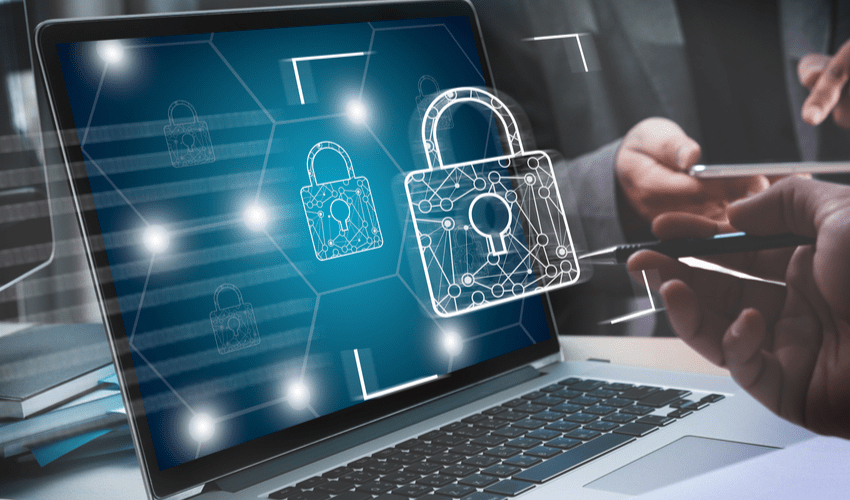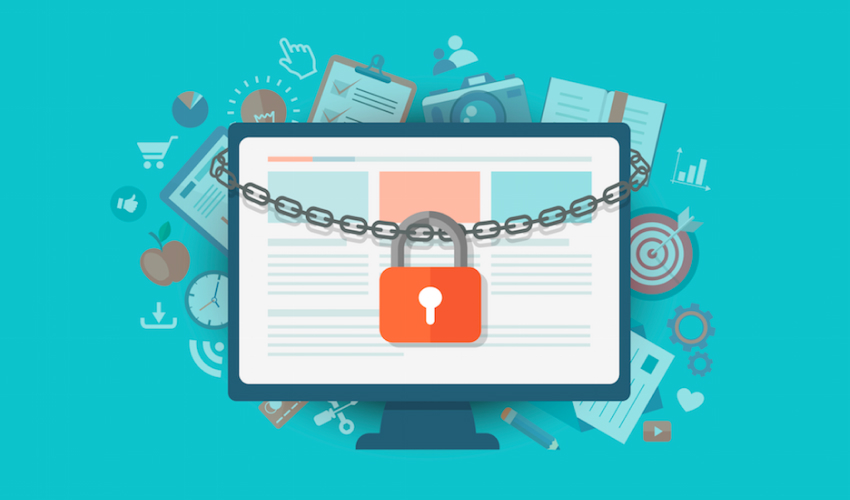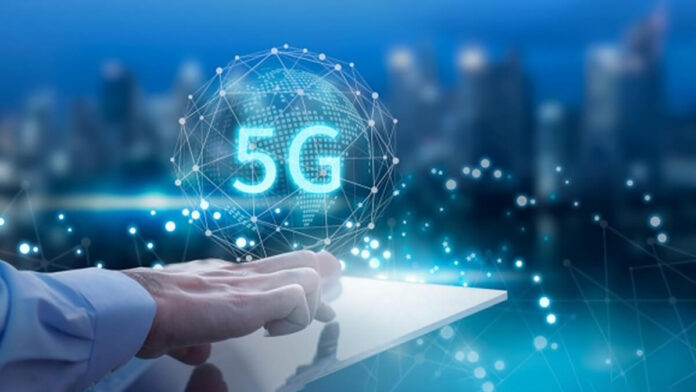5G automation, the fifth era of cellular networks, promises to revolutionize how we communicate and access information. With faster speeds, lower latency, and greater capacity, 5G has the potential to enable new and exciting applications, such as self-driving cars, virtual reality, and the Internet of Things. Nevertheless, as with any latest technology, there are even possible disadvantages.
This includes concerns over cost, security, and potential health risks associated with increased exposure to radiofrequency radiation. While 5G technology offers many exciting possibilities, weighing the advantages and disadvantages carefully before fully embracing it is essential. In this blog, we go through the edges and impediments of 5G technology.
What is the definition of 5G
5G, or fifth generation, is the latest evolution in mobile network technology. It is designed to provide faster internet speeds, lower latency, and increased capacity compared to previous generations of mobile networks. 5G networks use new technologies and spectrums, such as millimeter waves, beamforming, and massive MIMO, to deliver these enhancements.
5G technology is being developed to support many use cases, including the Internet of Things (IoT), smart cities, and autonomous vehicles. 5G is expected to bring about a new era of innovation and connectivity, enabling the latest interface and benefits unimaginable with earlier generations of mobile networks.
With 5G, we can expect advancements in artificial, extended reality, and telemedicine. As 5G technology persists in growing and developing, it will play a vital role in shaping the future of communication and technology.
What are the edges and drawbacks of 5G
5G technology presents many benefits compared to earlier generations of mobile networks. One of the main advantages of 5G is its high speed and low latency, which allows for faster download and upload speeds and a more responsive internet experience. This can enable new applications, such as self-driving cars, remote surgery, and virtual reality, that require real-time communication.
5G also has a greater capacity than previous generations, allowing more devices to be connected to the network simultaneously, making it ideal for the growing number of Internet of Things (IoT) devices. Additionally, 5G networks are designed to be more energy efficient, which can reduce the environmental impact of mobile networks.
However, 5G also has its disadvantages. One of the main concerns is the cost of deploying 5G infrastructure, which can be high and may not be feasible for some countries or regions. There are also security concerns associated with 5G, as the increased number of connected devices could make the network more vulnerable to cyberattacks.
Further, there are worries regarding the potential health hazards related to increased radiofrequency radiation vulnerability.
Another disadvantage is that 5G technology has yet to be widely available and is only available in select cities. This suggests that individuals located in remote places may need more access to 5G networks. Furthermore, 5G technology is still under development, and its full capabilities may not be fully realized for several years.
5G technology can bring about significant advancements in communication and technology.
However, it’s essential to consider the potential disadvantages and limitations before fully embracing them.
What are the security features of 5G technology?
5G technology includes several security features to protect the network and connected devices from cyber threats. Some of the key security features of 5G technology include:
➢ Network slicing:
This feature allows for virtual networks within the physical 5G network, each with its security protocols and access controls. This allows for greater flexibility and security in managing different types of traffic and devices.
➢ Enhanced security protocols:
5G networks use enhanced security protocols, such as 5G-AKA and 5G-EAP, which provide better protection against man-in-the-middle attacks and other forms of eavesdropping.
➢ Authentication and access control:
5G networks use advanced authentication and access management instruments to confirm that just authorized devices and customers can access the network. This includes user and control plane separation, which helps prevent unauthorized network access.

➢ End-to-end encryption:
5G networks use end-to-end encryption to protect data transmitted over the network, making it more difficult for attackers to intercept and read sensitive information.
➢ Over-the-air encryption:
5G networks use over-the-air encryption to protect communications between devices and the network.
➢ Secure boot:
5G networks use the fast boot to ensure that only authorized software is running on the devices connected to the network.
It is important to note that despite these security features, 5G networks and devices are still vulnerable to cyber threats. Therefore, operators and users must stay vigilant and take necessary steps to protect themselves from threats.
What are the risks associated with 5G
There are several risks associated with 5G technology, including:
➢ Security risks:
As 5G networks and devices become more prevalent, they may become a target for cybercriminals looking to exploit vulnerabilities in the network. This includes risks such as unauthorized access, privacy violations, and refusal of service invasions.

➢ Health risks:
There are concerns that exposure to the radiofrequency radiation emitted by 5G networks may have adverse health effects. However, the World Health Organization (WHO) has stated that the quantity of RF emissions by 5G is not harmful to human health.
➢ Interference:
5G networks use millimeter wave frequencies, which are higher than those used by previous generations of mobile networks. These frequencies are more susceptible to interference from obstacles such as walls and trees, which can limit the range and coverage of 5G networks.
➢ Lack of infrastructure:
5G networks require a significant amount of infrastructure, such as small cells and antennas, to function correctly. This can be a concern in remote locations or other places with limited infrastructure.
➢ Privacy concerns:
5G networks generate a large amount of data that companies and governments can collect and use. This raises concerns about privacy and the potential misuse of personal information.

➢ Dependence on technology:
As 5G networks and devices become more prevalent, there may be a greater dependence on technology. This can direct to a service disorder if the networks or devices fail.
It is important to note that many of these risks are still being studied and may change over time as technology advances. Operators, governments, and users need to be familiar with these threats and take the required measures to mitigate them.
What is the present standing of the 5G network role out
The rollout of 5G networks is ongoing and varies by region and country. Some countries, such as the United States, South Korea, India, and China, have already launched 5G networks and are continuing to expand coverage.
Many nations are in trial and planning to deploy 5G networks. However, some regions may still be in the early stages of planning for 5G deployment. Overall, the rollout of 5G is essential to enabling new technologies and applications, such as the Internet of Things (IoT) and autonomous vehicles.
What you need to know about 5G
5G is the fifth generation of cellular networks designed to be faster, more dependable, and more efficient than earlier generations of mobile networks. Some key things to know about 5G include:
➢ Speed:
5G networks are designed to offer more immediate transmit speeds than 4G webs. Users can download and upload large files, such as videos and images, much faster.
➢ Latency:
Latency refers to the duration needed for a gadget to receive a response after sending a request. 5G networks are designed to have lesser latency compared to previous networks, making them more suitable for actual-time communication application programs, such as virtual reality and gameplay.
➢ Capacity:
5G networks are scheduled to abide by more gadgets compared to 4G networks. This means that more people and devices can connect to the network simultaneously, making it more suitable for applications such as the Internet of Things (IoT) and autonomous vehicles.
➢ Coverage:
5G networks are designed to provide coverage in areas that are difficult to reach with 4G networks, such as rural areas and indoors.
➢ Security:
5G networks are developed to be more protected compared to earlier generations of mobile networks. This is important because 5G networks will support a wide range of critical applications, such as healthcare and transportation.
It’s important to note that 5G deployment is still in progress, and its coverage and services may vary depending on the country, region, and carrier.
Conclusion
5G networks offer many advantages analogized to earlier generations of cellular services. With more rapid download and upload speeds, lowered latency, and raised capability, 5G networks are well-suited for various applications, including VR, gaming, and the Internet of Things (IoT). Further, 5G networks are developed to be additional secure than earlier generations of mobile networks, which is essential for critical applications such as healthcare and transportation.
Yet, there are a few drawbacks to consider regarding 5G networks. One of the significant drawbacks is the price of upgrading infrastructure to support 5G networks. This can be a considerable expense for both carriers and governments. Additionally, the deployment of 5G networks is still ongoing and may vary by region, which means that not everyone will have access to the benefits of 5G right away. Furthermore, there are some concerns regarding the health and environmental impact of 5G networks and the necessity of further study to ensure their safety.
Overall, while 5G networks can bring significant benefits, it is essential to consider the advantages and disadvantages when evaluating the deployment of 5G networks. We hope this blog on the edges and impediments of 5G technology is useful to the readers.


